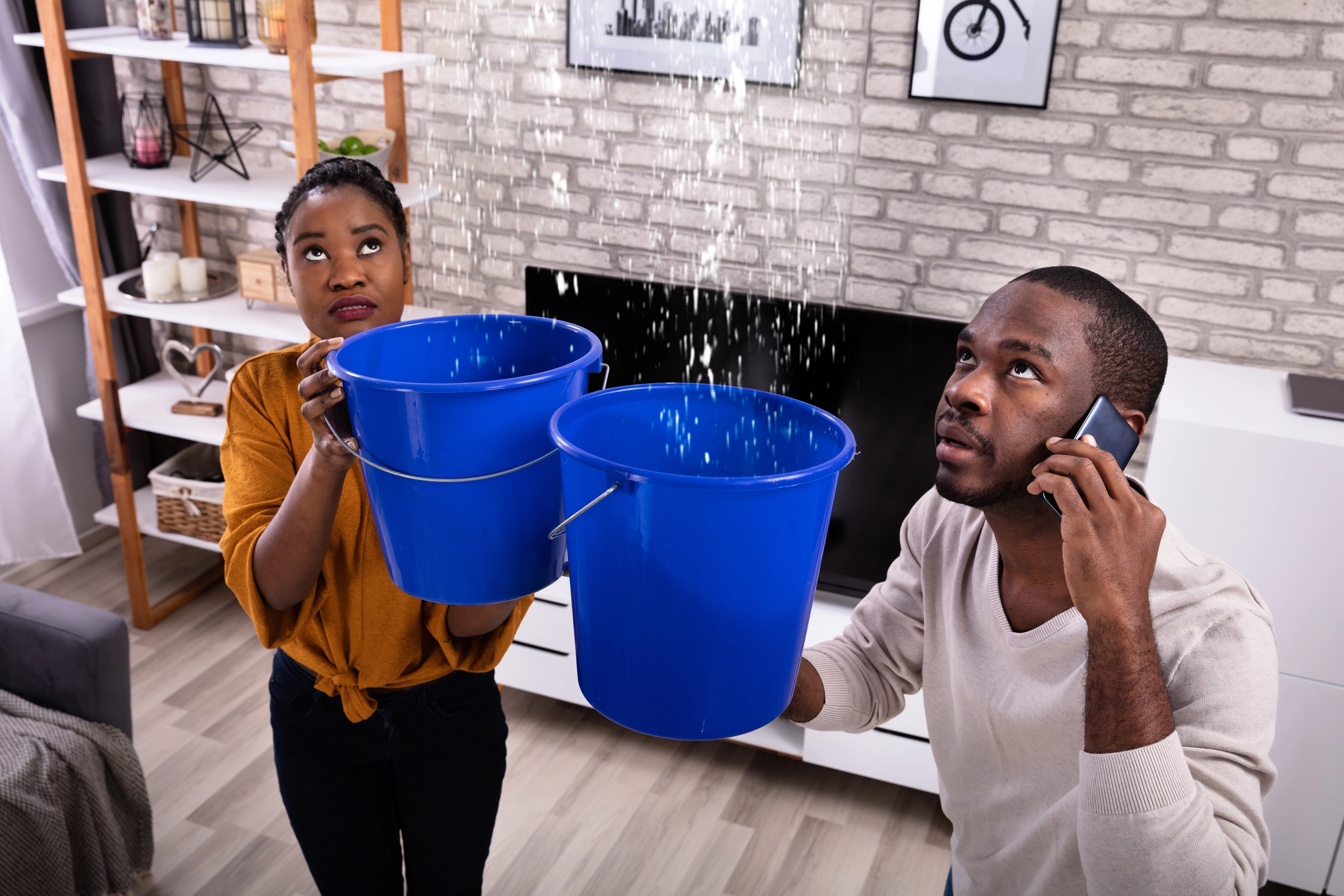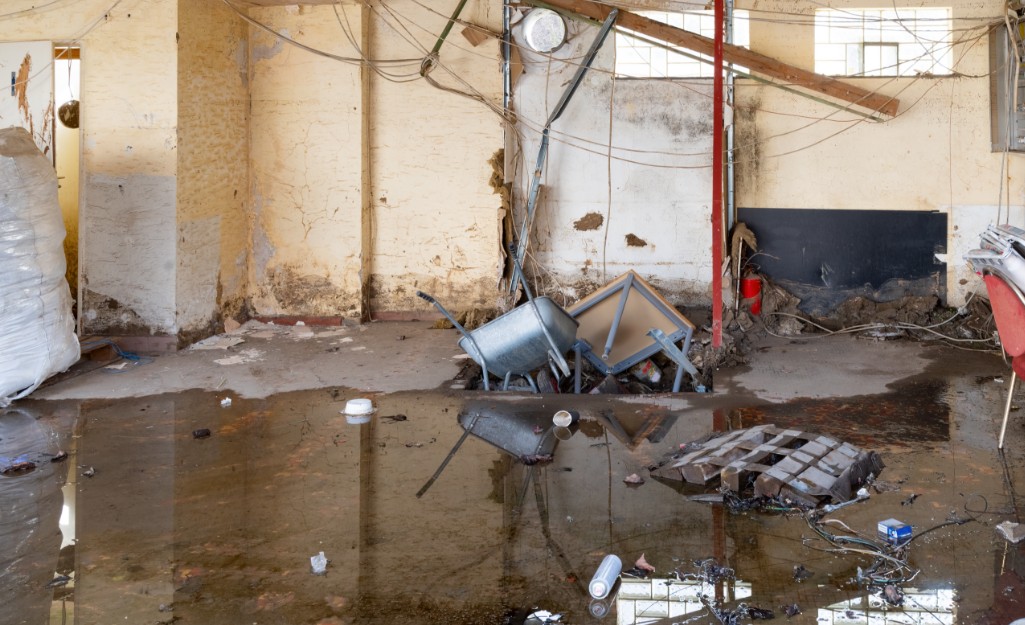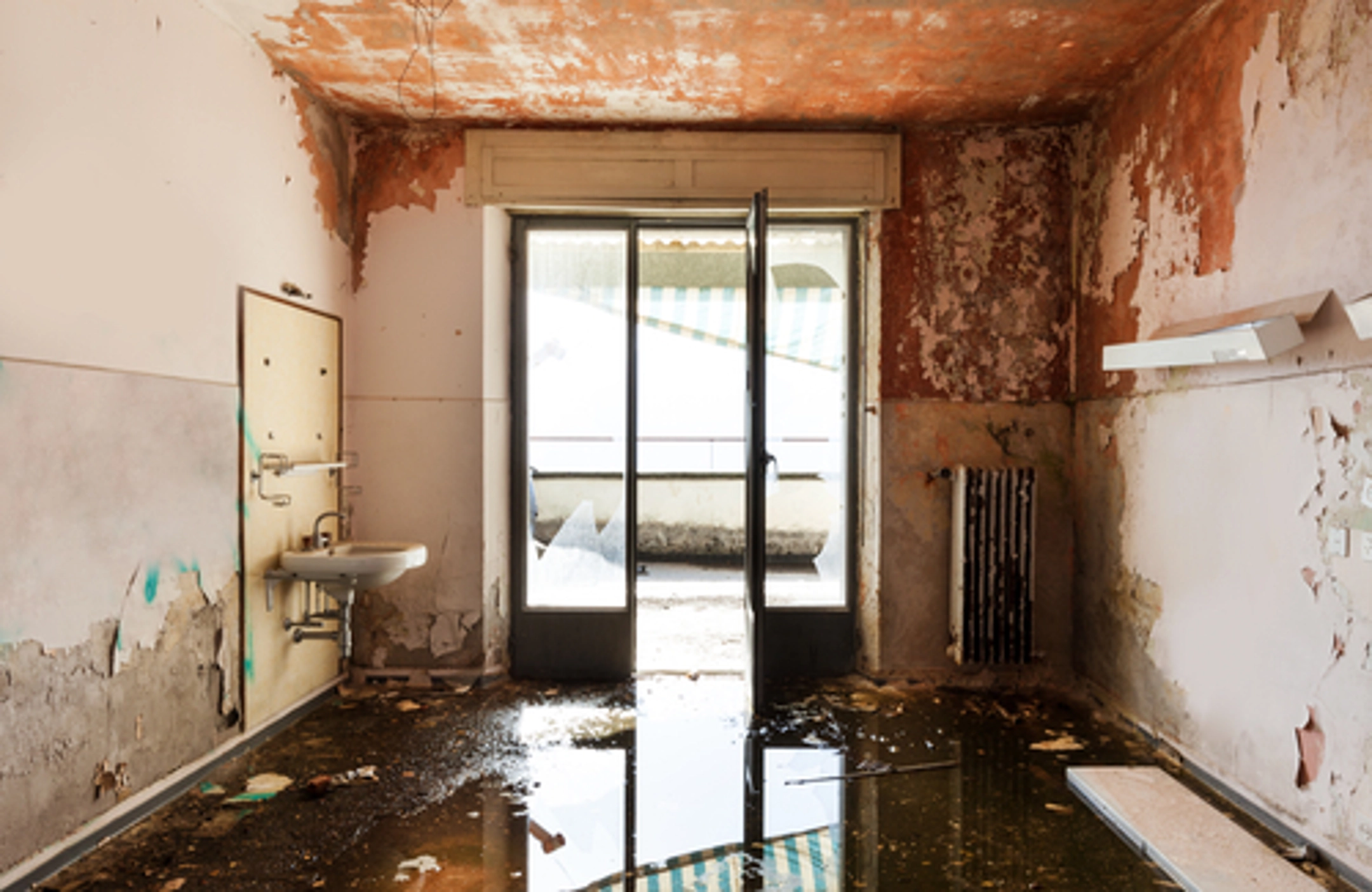DIY vs. Professional: When to Call Experts for Water Damage Cleanup
Important Steps to Adhere To for Reliable Water Damages Reconstruction in your house
When encountered with water damage in your house, recognizing the crucial actions for efficient reconstruction can make all the distinction. You need to assess the damages and assurance security prior to taking on the issue. Stopping the resource of water is vital, but it's simply the start. There's a series of activities you must take to shield your residential property from further concerns once you have actually managed that. Allow's explore what you must do next.
Examine the Damage
When you find water damage in your home, the primary step is to analyze the damage extensively. Beginning by identifying the resource of the water intrusion. Inspect for leakages, burst pipelines, or other problems creating the problem. Next, check out the impacted locations for visible indications of damages, consisting of mold, discoloration, or bending growth. Don't neglect to look in covert places like behind walls or under floor covering, as water can seep into these areas unnoticed.Document the damages by taking clear images and notes. This will help you when going over the scenario with your insurance copyright or restoration professionals. Pay focus to the sort of products impacted, as various materials call for various restoration methods. Ultimately, examine the extent of the damage. Is it minor or considerable? Understanding the extent will certainly assist you in making a decision whether to manage it on your own or employ the experts for an extra comprehensive repair procedure.

Guarantee Safety
Before you begin any kind of repair job, assuring your safety is crucial. First, examine the problem of your home. If the water's deep or if you discover electric risks, don't enter the area. Shut off the electrical energy and gas supply to stop crashes. Put on protective equipment like masks, boots, and handwear covers to secure on your own from contaminants or mold.It's crucial to remain knowledgeable about your environments; watch for sharp items and unsafe surfaces. Treat it as harmful waste if the water is from a sewage back-up. Keep family pets and youngsters far from influenced locations to stay clear of exposure.Once you've taken these precautions, you can wage the remediation process. Keep in mind, your safety comes first, and if you're ever not sure, it's ideal to seek advice from a professional. Taking these steps will assist assure you're all set to take on the remediation safely and successfully.
Stop the Source of Water
After guaranteeing your safety, the following step is to stop the resource of water. Identify where the leak is originating from. Maybe a ruptured pipeline, a malfunctioning home appliance, and even heavy rain going into with a damaged roofing system. Turn off the primary water supply to your home to avoid further flooding if it's a plumbing concern. For home appliances, disconnect them and close off their water valves.If the source is outside, like rain, try to divert it away from your home utilizing sandbags or various other obstacles. For small leaks, you could be able to utilize tape or a sealer briefly until an expert can repair it. Bear in mind, addressing the source rapidly is vital to decreasing damages and preventing mold growth. Once you've stopped the water, you'll remain in a much better position to carry on to the next action in the remediation process.

Get Rid Of Excess Water
Act quickly to remove excess water, as standing water can bring about much more considerable damage and mold growth. Initially, collect your tools: a wet/dry vacuum cleaner, buckets, and towels. If the water is shallow, you can use towels to soak up the moisture. For much deeper water, a wet/dry vacuum cleaner is your best bet. Ensure to empty the vacuum frequently to prevent overflow.If the water is polluted, like from a sewer back-up, use safety equipment, consisting of masks and handwear covers, to maintain on your own secure. As soon as you have actually removed as much water as possible, check for covert pockets of moisture in corners and under furniture, as these can nurture mold.Don' t fail to remember to shut off electric home appliances and power outlets in wet areas to avoid risks. This preliminary step is vital in decreasing damage and establishing the stage for an effective repair process.
Dry and Dehumidify the Area
It's crucial to completely dry and dehumidify the area extensively when you've eliminated the excess water. Start by utilizing dehumidifiers properly to draw moisture out of the air and prevent mold and mildew development. Maintain an eye on humidity levels to guarantee the area dries out completely.
Get Rid Of Standing Water
To properly tackle water damages, you need to focus on removing standing water as swiftly as possible. Beginning by gathering essential devices, like a wet/dry vacuum or a pump, depending on the volume of water. If the water is superficial, a vacuum cleaner must suffice. For larger quantities, a pump is more reliable. While working, ensure to put on protective equipment to maintain yourself secure from contaminants. As you eliminate the water, pay interest to hidden locations like under furnishings or in corners where water may accumulate. Your space will start to dry out as soon as you have actually removed the majority. This step is necessary, as remaining water here can cause mold and mildew development and much more comprehensive damages.
Usage Dehumidifiers Effectively
Exactly how can you successfully use dehumidifiers to dry and evaporate your room? Beginning by placing your dehumidifier in the most damaged area, preferably where water damages is most extreme. Make certain to close all doors and windows to create a covered atmosphere. Transform on the dehumidifier and established it to the ideal moisture degree, usually around 30-50%. Empty the water collection tank often, or take into consideration using a model with a continuous drainage option for convenience. If possible, utilize followers to improve air flow, assisting the dehumidifier work much more effectively. Keep the dehumidifier running up until you're positive that the area is completely dried out, avoiding mold development and added damages (Flood Damage Restoration). This action is necessary for effective water damage repair
Display Moisture Levels
Monitoring moisture levels is important during the drying process, as it helps assure your room remains without excess moisture. Purchase a dependable hygrometer to track humidity properly. Preferably, you intend to keep levels in between 30% and 50%. If humidity readings increase over this variety, you might require to adjust your dehumidifiers or followers to enhance air flow. Check the readings frequently, especially in locations prone to moisture, like bathrooms or basements. Consider boosting air flow or using extra dehumidifiers if you notice consistent high moisture. Remaining on top of these levels not just quickens the drying procedure yet also stops mold development, guaranteeing your home keeps comfy and secure.
Clean and Disinfect Affected Surfaces

Recover and Fix Your Home
After cleansing and sanitizing the affected locations, it's time to restore and fix your home. Begin by reviewing the damages. Inspect for architectural issues, like deteriorated floorings or wall surfaces, and deal with any kind of necessary repair work. Replacing damaged drywall or flooring is necessary for both appearances and safety.If your furniture or items were affected, take into consideration whether they can be recovered or need substitute. Tidy or professionally restore items where possible.Next, touch and paint walls up any type of locations that need attention. This not only enhances appearance yet additionally protects surfaces from future water damage.Don' site link t forget to check your pipes and home appliances for leaks, making sure whatever's operating appropriately. Ultimately, think about mounting a dehumidifier to stop future wetness problems. By taking these steps, you'll restore your home to its former glory and create a much safer living atmosphere.
Frequently Asked Concerns
Exactly How Long Does Water Damages Remediation Generally Take?
Water damages reconstruction generally takes anywhere from a few days to a number of weeks, relying on the level of the damages (Water Damage Restoration St George UT). You'll intend to analyze the situation promptly to minimize more issues and guarantee proper repair
Will My Insurance Coverage Cover Water Damage Remediation Costs?
Your insurance may cover water damage repair costs, but it depends on your policy. Examine your insurance coverage details and call your insurance representative to clarify what's consisted of and what you require to have a peek at this site sue.
Can I Take Care Of Water Damage Remediation Myself?
You can manage water damage remediation yourself, however it's important to assess the scenario. You may desire to call experts if it's extensive. Constantly prioritize safety and assure you have actually obtained the right tools.
What Are the Indicators of Hidden Water Damage?
You might observe signs of surprise water damage like distorted walls, mildewy odors, or staining. If your floorings really feel squishy or you place mold and mildew, it's time to investigate even more prior to the circumstance intensifies.
Exactly How Can I Prevent Future Water Damage in My Home?
To stop future water damage in your home, you should on a regular basis examine pipes, seal cracks, maintain seamless gutters, and guarantee appropriate water drainage. Installing a sump pump and dampness barriers can also assist keep your space completely dry. When you discover water damage in your home, the initial action is to analyze the damages extensively. Act quickly to get rid of excess water, as standing water can lead to more extensive damage and mold and mildew development. To effectively take on water damages, you need to focus on removing standing water as quickly as feasible. As you get rid of the water, pay interest to hidden locations like under furnishings or in corners where water might accumulate. Water damages remediation typically takes anywhere from a few days to several weeks, depending on the degree of the damage.